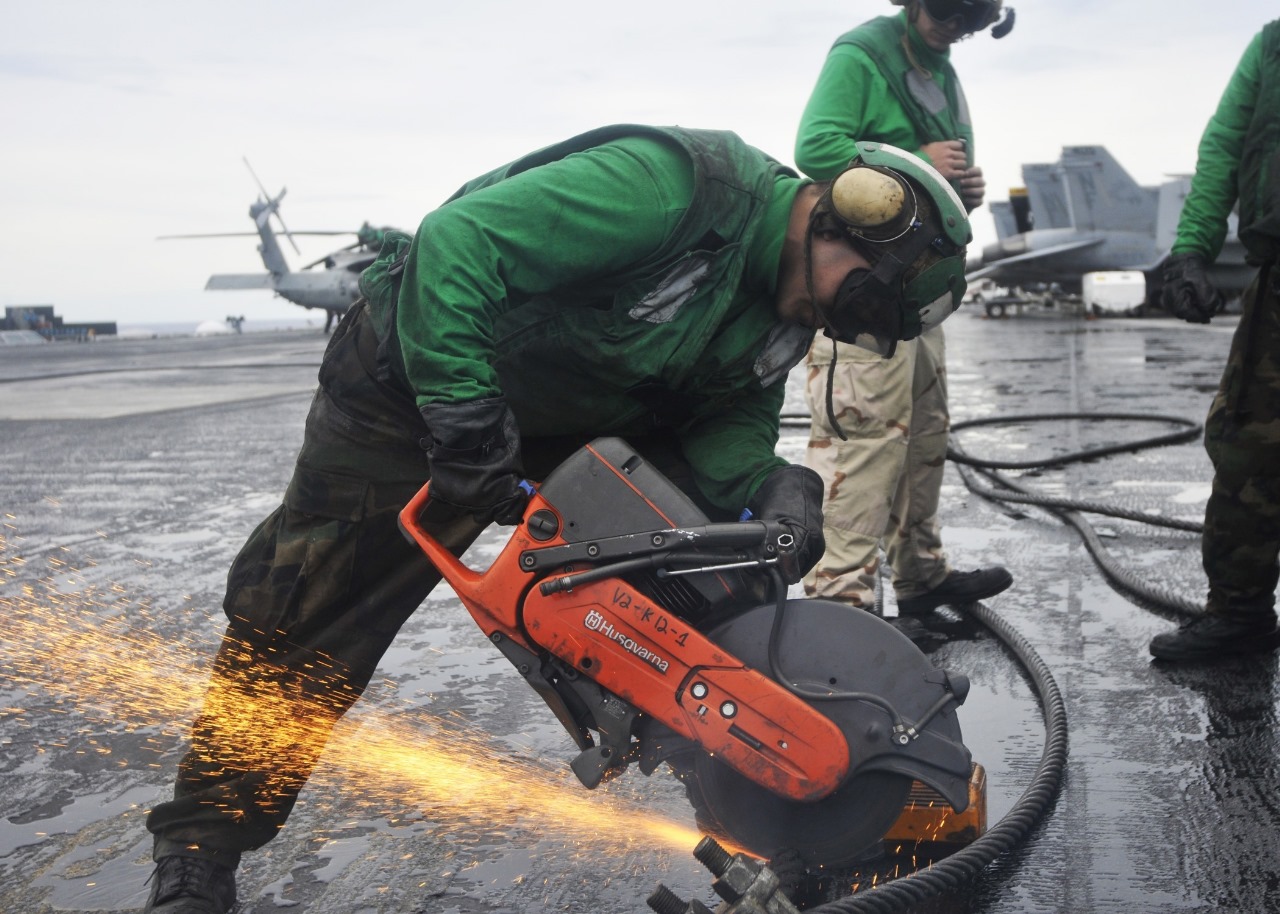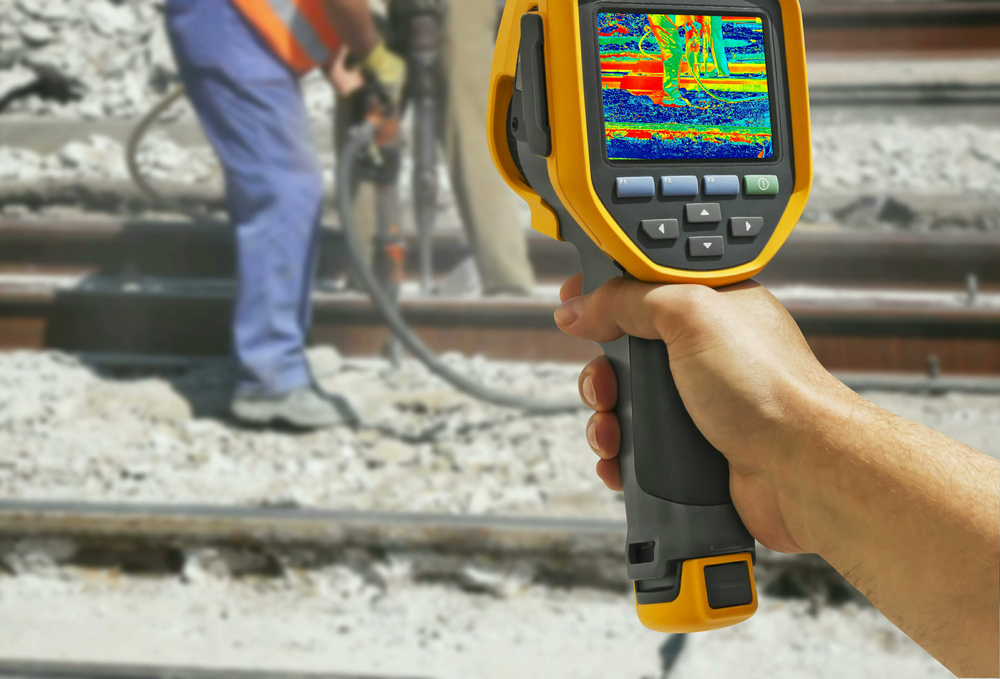The Glock 25 slide is a part wrapped in a bit of scarcity and history, sought by collectors and practical shooters alike. As a regionally produced model with a somewhat limited run compared to more ubiquitous Glock pistols, the Glock 25 slide often surfaces in restoration conversations, museum-quality builds, and careful collections where authenticity matters. For anyone restoring a period-correct pistol or assembling a display-grade example, finding a properly marked Glock 25 slide can be the difference between a convincing restoration and an approximation. Enthusiasts prize original machining marks, serial-number alignment, and factory finishes when they evaluate a candidate slide for acquisition.
Historical context and why collectors care
Understanding why this particular slide attracts interest means looking briefly at the model’s place in Glock history. The pistol was produced to meet certain markets and legal frameworks, and the components made for it reflect those production choices. Consequently, a Glock 25 slide can carry manufacturing details and finish styles that differ subtly from other lines. Collectors who focus on provenance look for slides that retain original bluing or nitride, clear proof marks, and serviceable edge definition—signs that the part circulated little and was cared for. The historical fingerprint that a genuine slide bears makes it valuable beyond mere utility.
Restoration goals and matching components
When restoring a pistol, matching components is as much art as it is science. A correct slide must align with the frame, barrel, and internal parts in a way that preserves original function and appearance. For a faithful build, the slide should exhibit the original serration profile, extractor geometry, and sight dovetail measurements. Restorers often prefer original over reproduction parts because factory components reduce the need for fitting and maintain period-correct tolerances. In many projects, locating an unrestored factory slide will save considerable time and maintain the authentic look that collectors want.
Functionality and fitment considerations
Fitment is crucial for reliable operation. A slide that looks right but does not mate cleanly to its frame or barrel can produce timing issues, feeding problems, or uneven lockup. Serious buyers and rebuilders will assess rail wear and bore alignment, and they will test-fit barrels and recoil assemblies before committing to purchase. In many cases, a lightly used factory slide will deliver drop-in compatibility with original springs and guide components, avoiding the need for gunsmith adjustments. That direct interchangeability is one of the hallmarks that separates a usable restoration part from a cosmetic substitute.
Materials, finishes, and long-term preservation
The metallurgy and surface treatment applied during production influence both durability and collector appeal. Early factory finishes resist abrasion and preserve stamped markings, which help confirm authenticity. Colors and surface textures that have aged consistently indicate care, while patchy wear might signal a replacement or heavy service life. Collectors seeking to preserve or improve longevity will often apply conservation techniques—controlled cleaning, rust-inhibiting storage, and occasional light lubrication—to maintain structural integrity and prevent further finish degradation.
Inspection tips for buyers
When evaluating a used slide, a methodical inspection reduces risk. Buyers should examine the integrity of the rail faces, the extractor spring area, and any sight dovetails for evidence of heavy milling or rework. Straightness and symmetry are also telling: a warped or bent part will show up during a fit test. If the purchase is remote, high-resolution photos that include close-ups of proof marks, finish transitions, and any machining notches provide valuable evidence. Provenance documentation—service records, prior ownership history, or original packing—adds confidence for collectors seeking that extra layer of validation.
Aftermarket reproductions and their place
Because genuine factory parts can be scarce, some vendors offer reproduction or machined alternatives intended to replicate the original. These options sometimes serve shooters who want a functioning component without the collector premium. Reproductions vary in quality; high-end machined parts may meet functional needs admirably but still lack the historical markers that make a factory piece collectible. For those assembling a safe, range-ready pistol rather than a museum piece, a carefully made aftermarket slide can perform well while leaving the search for an original to continue at a slower pace.
Practical uses for shooters and display owners
A slide found in good condition may be used in several ways: as an honest repair part to keep an original pistol operational, as the centerpiece of a display firearm that demonstrates manufacturing evolution, or as a reference piece for those cataloging variations across production runs. Shooters who prioritize reliability may install such a slide on a daily-use pistol when it meets functional checks and shows sufficient material integrity. Display owners may instead keep an especially fine example in a controlled environment where finish and markings remain undisturbed.
Sourcing strategies and community resources
Sourcing an appropriate slide often requires patience and networking. Clubs, collector forums, specialty dealers, and trade shows are common venues where rare components circulate. Auctions and estate sales sometimes yield unexpected finds, and seasoned collectors sometimes broker trades that match surplus parts with needs. When engaging with sellers, transparency about condition, return policies, and shipping protection helps ensure transactions proceed without unpleasant surprises.
Final reflections on rarity and stewardship
A hard-to-find slide represents more than a mechanical replacement; it represents a link to a manufacturing era and the practical decisions that shaped a particular firearm line. Whether the goal is restoration, practical use, or curation, thoughtful stewardship ensures that these components remain available and documented for future generations. Careful inspection, proper conservation, and responsible sourcing keep scarce parts circulating in ways that benefit shooters and historians alike, preserving the stories contained in each machined surface.











Leave a Reply